
There are tons of smart locks on the market right now, but none seem to cater to apartment-dwellers or those who don’t want to rip out their existing deadbolt just to add a smart lock to their smart home. SwitchBot is one of the few companies that fill both these needs with the SwithBot Lock and Keypad Touch.
What are the SwitchBot Lock and Keypad Touch?
If you’re even remotely familiar with smart locks, you probably know that in order to install them, the old deadbolt system needs to be removed completely. The smart lock then replaces the deadbolt in the door and pairs with your preferred smart assistant, which is how locks like the Nest x Yale option works.
The SwitchBot Lock is a little bit different – rather than replacing the lock, it complements it. The device sits attached to the inside of your door and lines up with the thumb-turn. A motor inside the SwitchBot Lock will turn the lock to lock and unlock it, whether you activate it via Google Assistant, your phone, or through the Keypad Touch that SwitchBot also makes.
While you most definitely could use the SwitchBot Lock by itself, the Keypad Touch adds so much more functionality. The Keypad Touch sits on the outside of your door, whether that’s on the threshold trim or on the door itself. It houses a 9-digit keypad, lock button for instant security when leaving, and an enter key. Below that is a fingerprint reader for quickly unlocking your door without entering your key code. Alternatively, you could opt for the cheaper Keypad, which lacks the fingerprint sensor but works just as well.
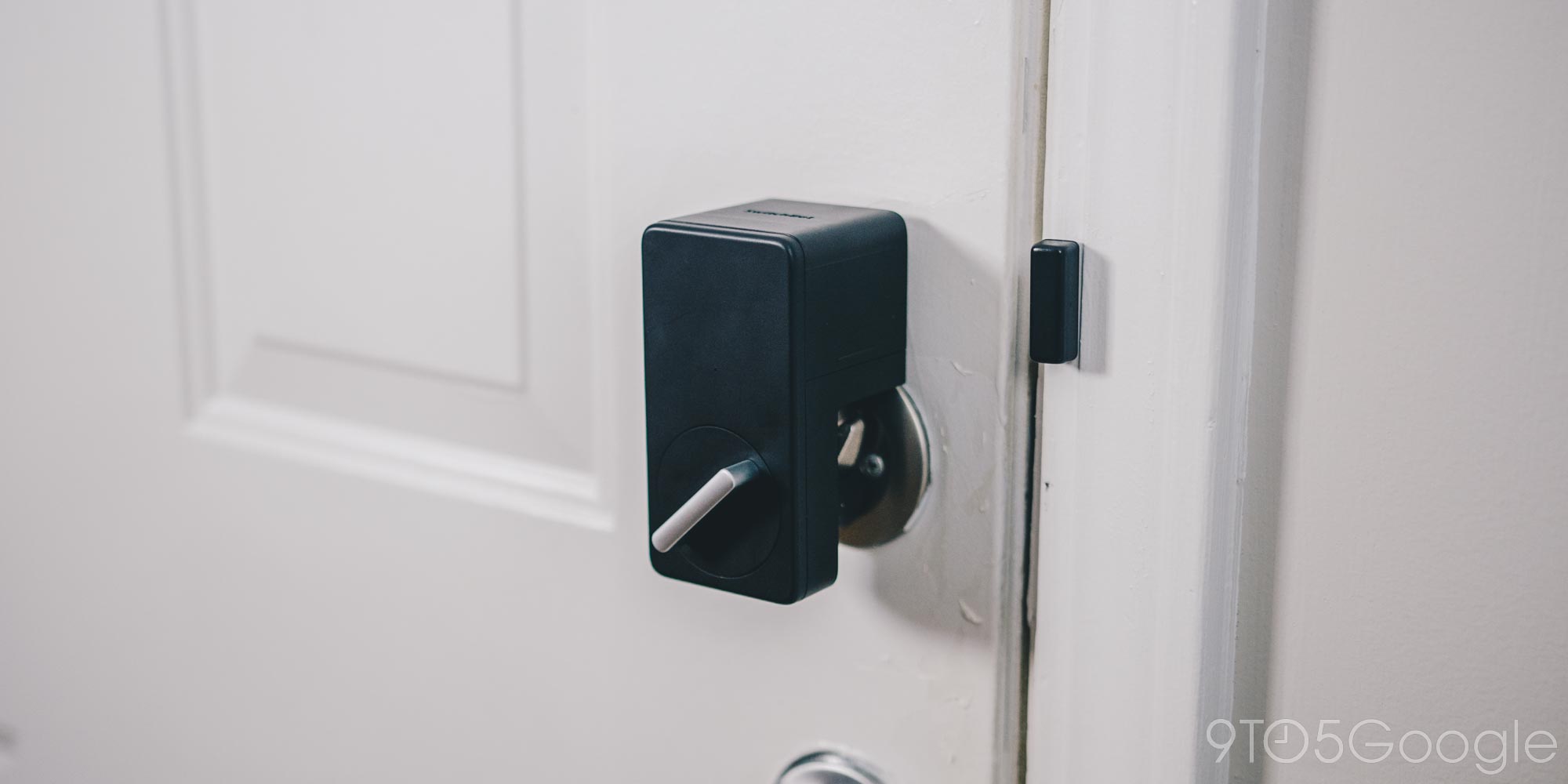
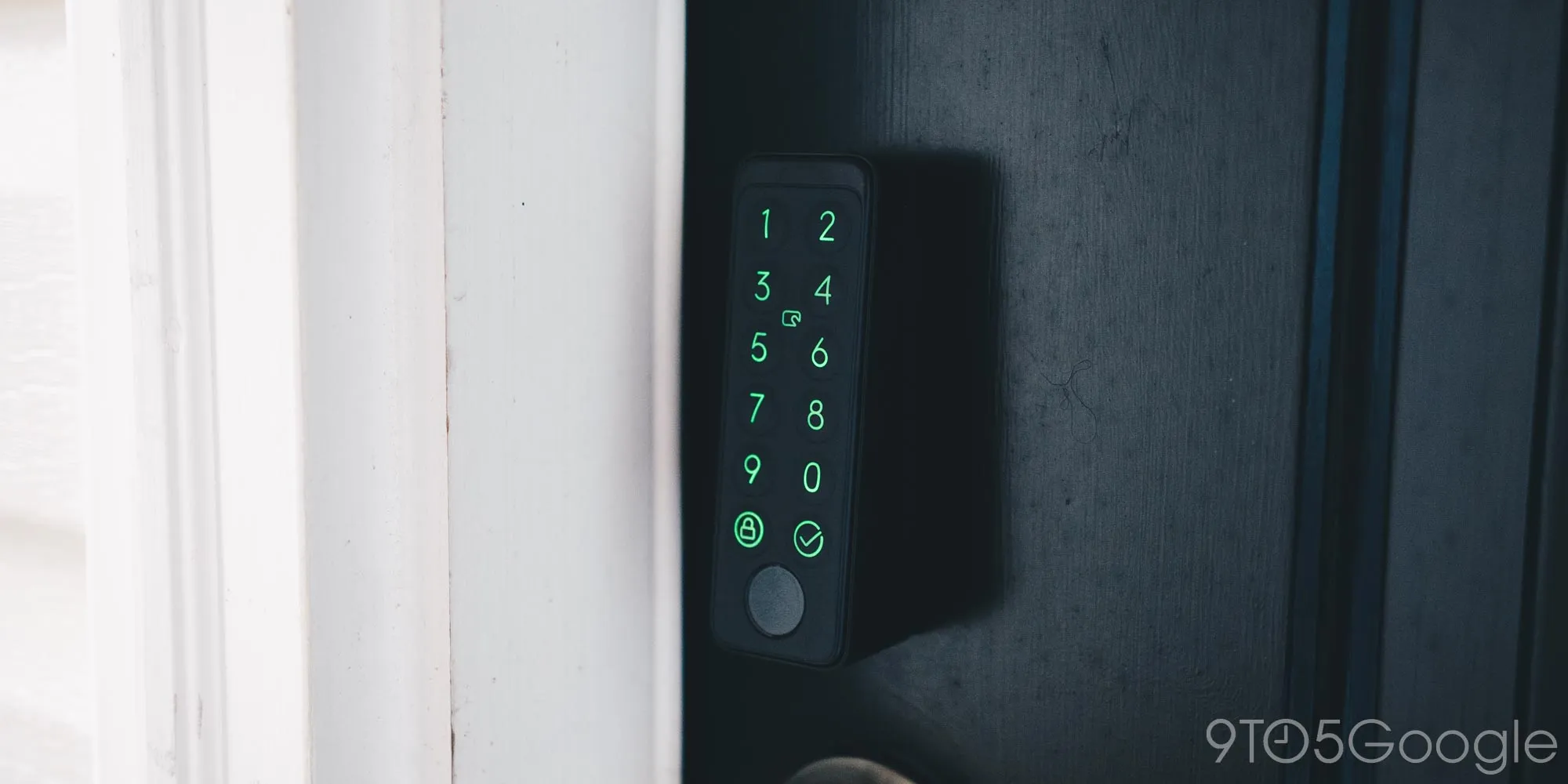
So many ways to unlock
One of the first things that stood out to me about the SwitchBot Lock paired with the Keypad Touch is the numerous options for unlocking your door. Of course, there’s using your phone and the SwitchBot app to unlock your door. There’s also setting a passcode to enter manually or storing a fingerprint or two to quickly unlock your door without entering any numbers. Those are the go-to ways of accessing your home, and they’re fairly standard.
However, what sold me was the additional unique ways to unlock. With SwitchBot, you can also set temporary passcodes and fingerprints so guests can just let themselves in. Just set a start and end time so that there’s a small window where that code could be used and give that to a friend or trusted individual. Alternatively, the SwitchBot Lock comes with an NFC card that you can register, allowing you to just tap the card to the lock and instantly get access. The different access methods SwitchBot thought to include for the Lock and Keypad is genuinely impressive.
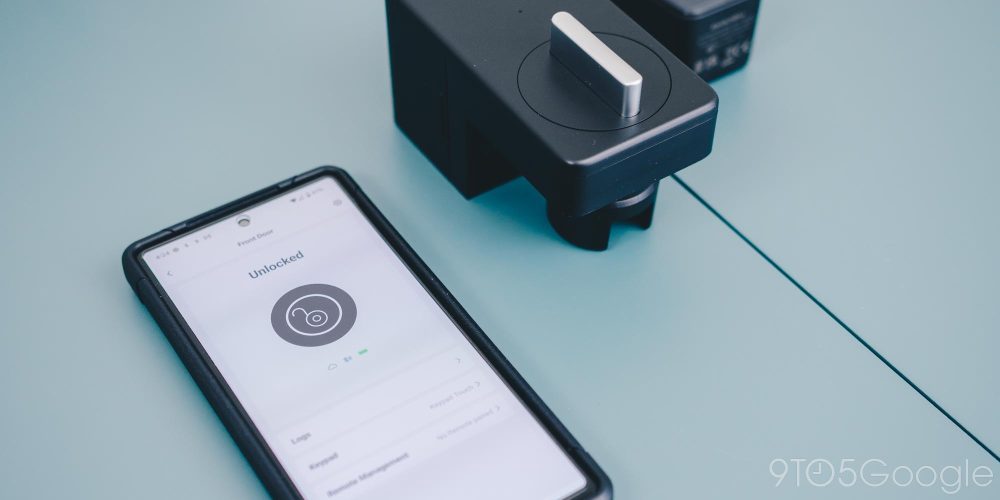
Google Assistant and Bluetooth/Wi-Fi connectivity
What’s sort of incredible about what SwitchBot does is the multitude of connectivity options included for each device. For instance, SwitchBot also makes a hub called the Hub Mini. If you set up the hub and connect your SwitchBot Lock and Keypad Touch to it, both of those devices will be connected to your Wi-Fi network, allowing you to leave home and lock/unlock the device from wherever you have internet.
If you choose not to buy the Hub Mini, don’t worry, you can still access your SwitchBot Lock from your phone within Bluetooth range. Not only that, but the Keypad and Keypad Touch will be able to communicate with the SwitchBot Lock via Bluetooth, allowing you to enter without your phone and without an active Wi-Fi signal. In testing, it was surprising how instantaneous the SwithBot Lock and Keypad Touch connected to the SwitchBot app via Bluetooth in the absence of Wi-Fi.
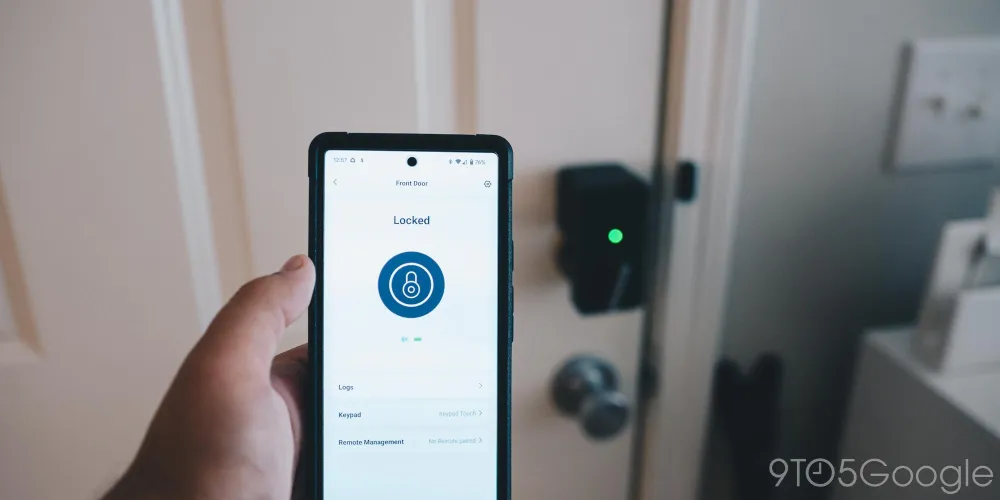
The Switchbot app connects to and integrates Google Assistant pretty well, though some functionality is lost. Smart locks can be tricky with Google Assistant, especially if they’re third-party. Using Google Assistant, you can lock the SwitchBot Lock by simply asking the Assistant to lock your door. What works great is making the lock a part of your nightly Google Home routine. When you say “goodnight” to the Assistant, that lock will secure itself automatically.
Unlocking, however, gets a little more complicated than I’d like. In order to unlock your door via Google Assistant, you need to create a PIN. When you ask for the door to be unlocked, you then have to say your PIN aloud, whether or not you’re in earshot of others. If you want to unlock your door by just using the Google Home app, you’ll find you’re out of luck. While the SwitchBot Lock shows up in Google Home, tapping the device icon brings up an information page with no way to manually unlock/lock the device. Fortunately, the SwitchBot app makes it easy to do so.
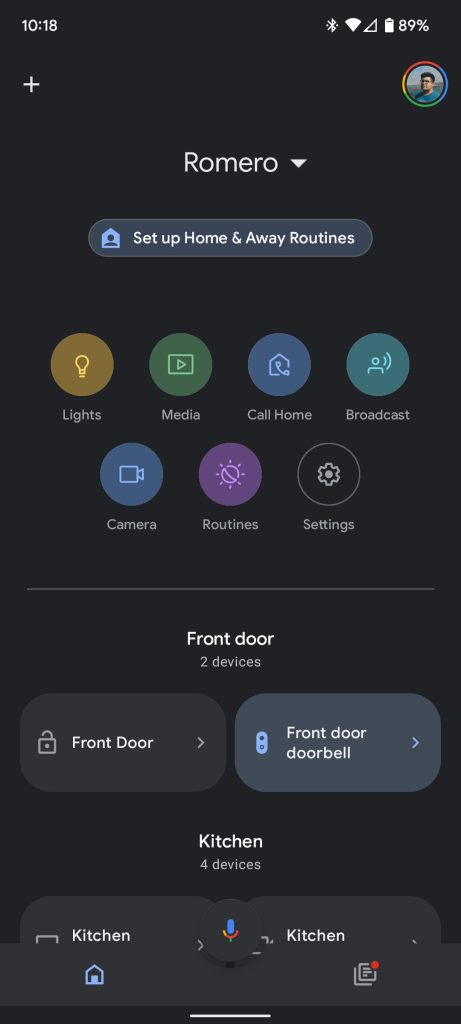
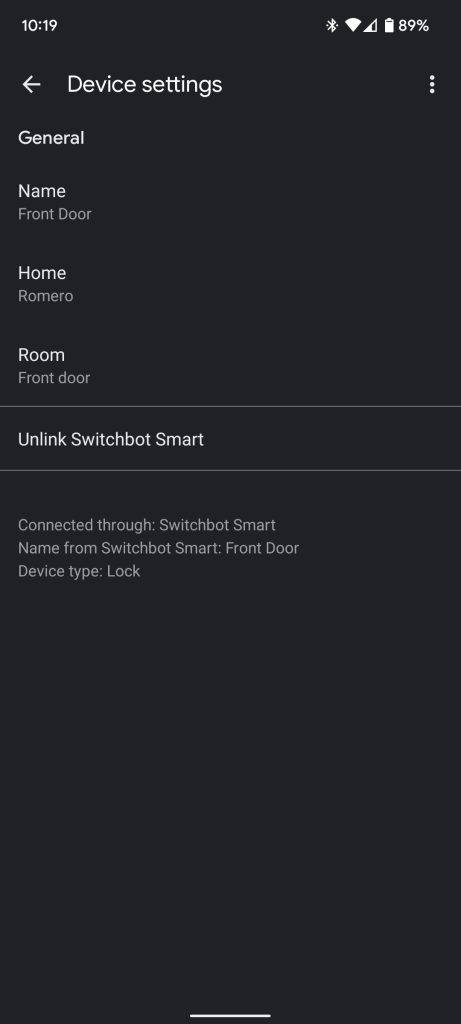
With Google Assistant’s response time on some devices, this can be a hassle, and truthfully, the SwitchBot Lock works so well with the Keypad Touch that I often don’t use Google Assistant, always opting for entering my fingerprint.
Hardware and performance
My initial thought when getting the SwitchBot Lock in was that the knob you manually interact with was a bit flimsy. After over a month of use, I can happily say that those initial feelings are gone and the SwitchBot Lock is highly durable. The motor inside has plenty of force to move your thumb-turn with ease, and I haven’t experienced a single lock failure.
The Keypad Touch that sits on the outside of the door has a very similar build quality. The face that houses the keys is a nice durable silicone material and the fingerprint reader does a great job of capturing my thumbprint. Since the Keypad Touch only reads your fingerprint once to record it initially, you have to be aware of what angle you place your finger. Other than that, I’ve had limited issues with the Keypad Touch.
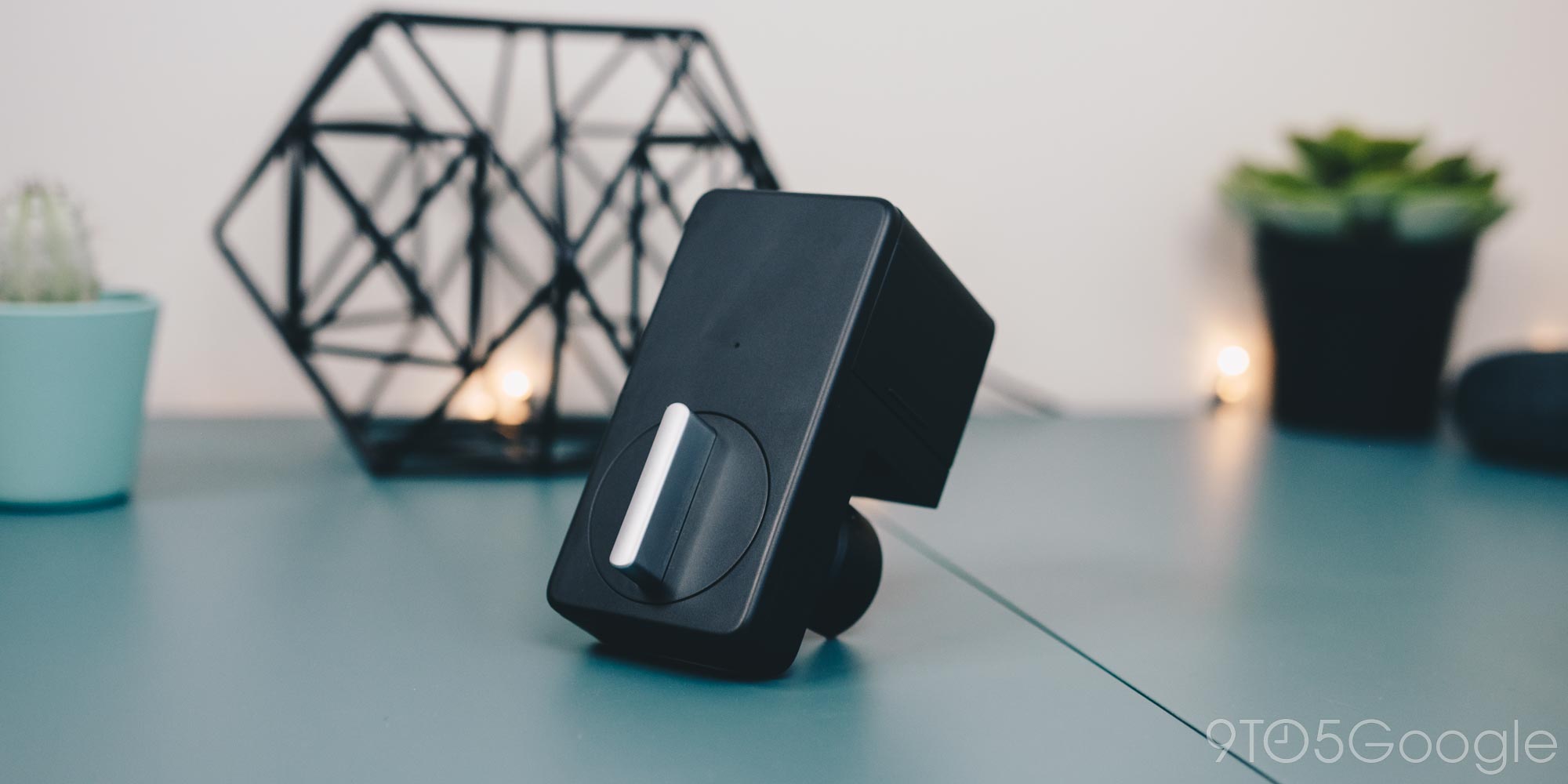
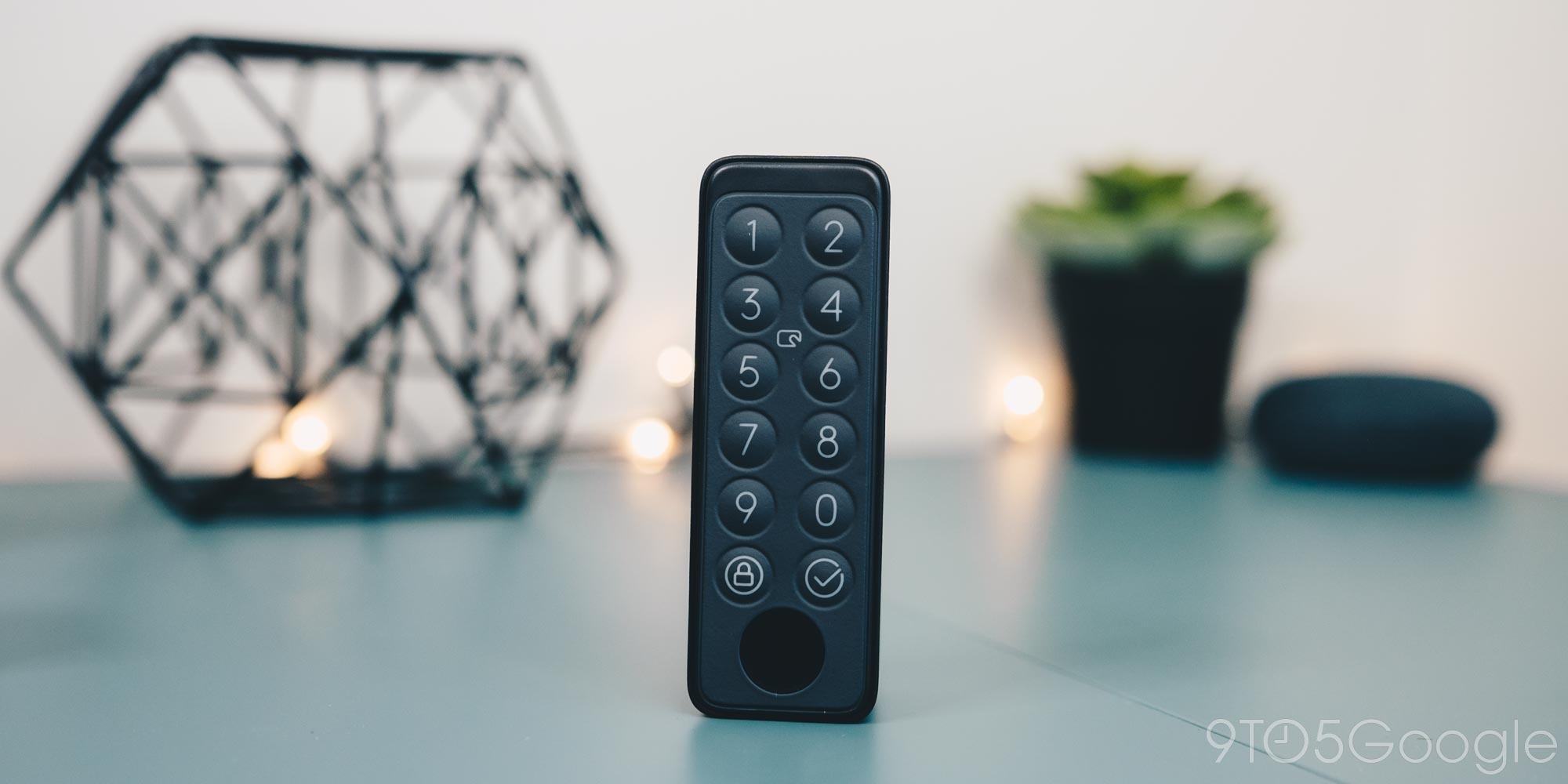
As far as fitting and removing the two devices to change batteries or adjust them, SwitchBot makes it pretty easy to do so. This is especially true for the Keypad and Keypad Touch, which just require a SIM removal tool to pop the Keypad off of the mounting base. To remove the SwitchBot Lock, you need to pop the cover off and remove four small screws, which are used to adjust how far off the door your lock sits. Fortunately, you don’t need to do this to replace the batteries.
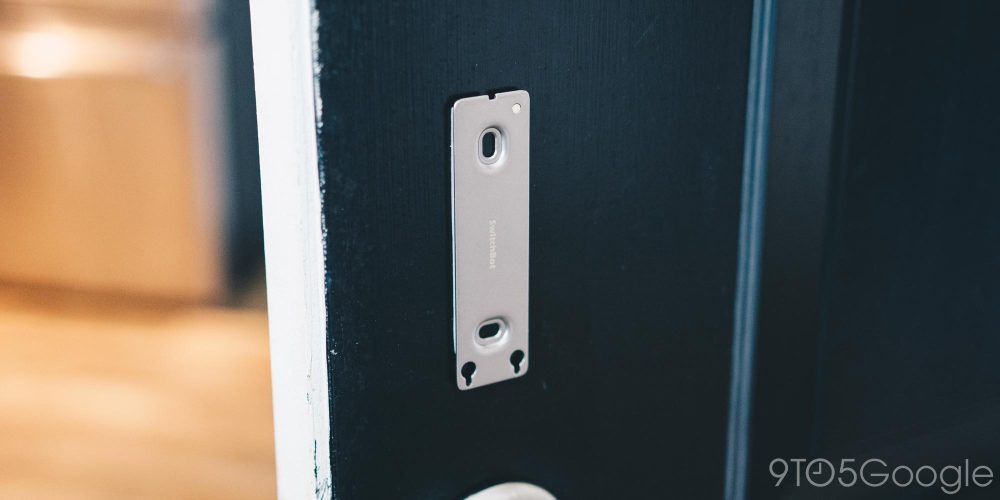
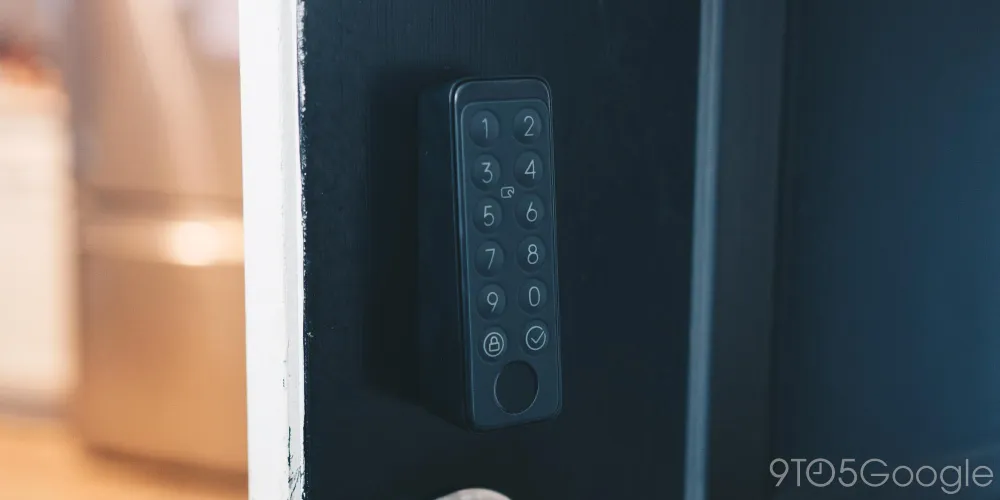
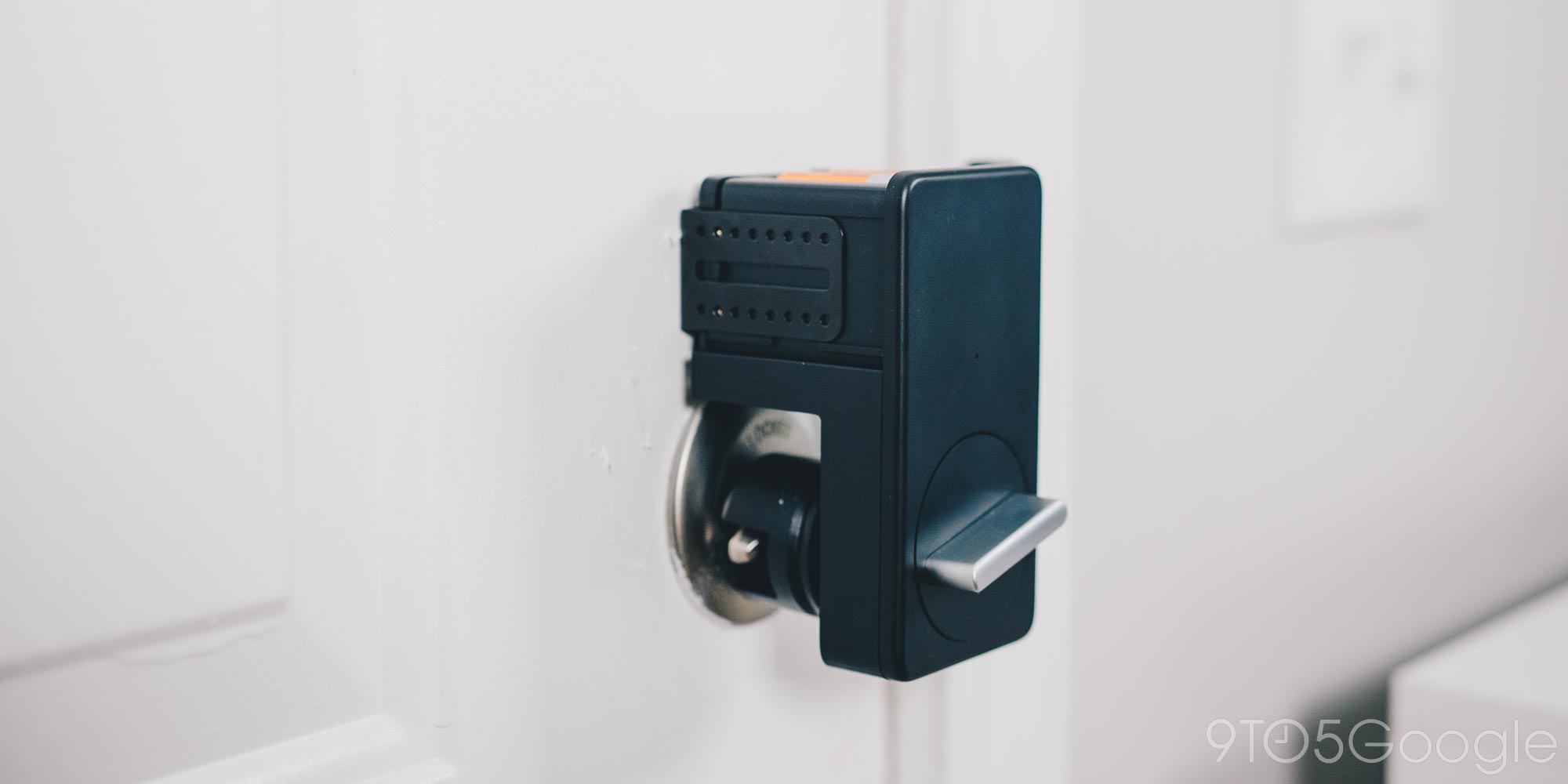
Since I live in an apartment, I used the included adhesive pads to secure the Keypad Touch and SwitchBot Lock to my door. You can also screw the Keypad or Keypad Touch to the door or wall, though the adhesive is recommended for those that live in an apartment. Both devices have held up well since installation. The only issue I had left only me to blame since I secured the SwitchBot Lock to fresh paint without thinking about it. As long as your paint is fully dry, the SwitchBot Lock will have no problems staying up.
At this point, both the lock and keypad have been sitting in place on my door for over a month. Even after a month, both batteries still read full. You can check the battery level in the app for both devices, and while there aren’t battery percentages, you can easily tell how much has drained. After this long, both devices are still fully powered and have had no issues, which is exactly the kind of peace of mind you need.
SwitchBot claims that the batteries will last two years. From what I can gather, that estimate seems to be on point. Of course, I’m only two months into that time period.
The SwitchBot Lock and Keypad Touch make the perfect security combo
Obviously, products made to work together and from the same company should also work seamlessly as advertised, though that’s not always the case. With that said, the SwitchBot Lock and Keypad or Keypad Touch work phenomenally well together. Even without the Hub Mini, these two products work very well, though, adding a Hub Mini will give you a little more peace of mind when you want to double-check that you locked the front door.
The SwitchBot Lock comes in at only $99, and the bundle that includes the SwitchBot Keypad Touch goes for $160. Considering the options out there, these perform incredibly well and have an insane amount of options and features for the price. Most locks come in way above $160. If you want to save a bit, SwitchBot has a bundle that includes the Lock and regular Keypad for $129, though the fingerprint sensor comes in handy way more than you might think.
Overall, the SwitchBot Lock and Keypad Touch are a fantastic set of options for really anyone. Of course, this setup is more than apartment-friendly, but even homeowners should look into these two devices to upgrade or start a Google Assistant-powered smart home. For what you get with how much you pay, the SwitchBot Lock and Keypad/Keypad Touch do nothing but deliver.
Buy the Switchbot Lock and Keypad Touch
- SwitchBot Lock and Keypad Touch Bundle
- SwitchBot Lock and Keypad bundle
- SwitchBot Lock
- SwitchBot Keypad
- Hub Mini
Author: Andrew Romero
Source: 9TO5Google



